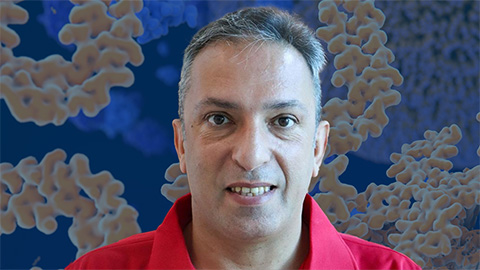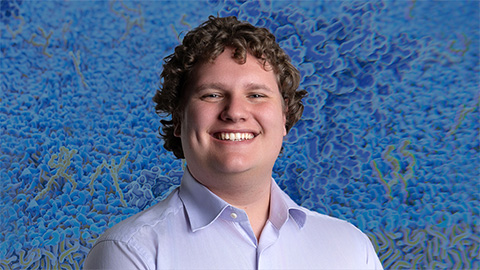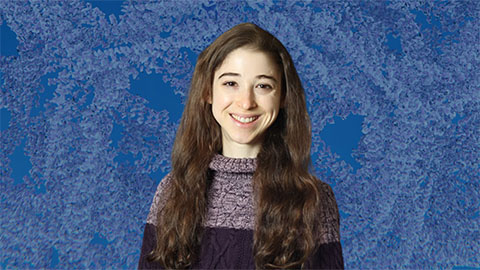In memoriam: John W. Brown
John Wesley Brown, a chemistry professor who studied links between diet and mental illness, and a 60-year member of the American Society for Biochemistry and Molecular Biology, died March 21, in Louisville, Kentucky. He was 96.

Brown was born in Chicago on Dec. 2, 1925, the only child of Earl Jackson and Myrtle Brown. He enlisted in the Army and volunteered for combat at age 18. He served on front lines in the Battle of the Bulge during World War II and suffered such severe frostbite and trenchfoot that he was taken out of service on Christmas Day, 1944, and hospitalized for 10 weeks. Doctors were able to save his feet, and he was awarded a Purple Heart. After his service, Brown attended Elmhurst College on the GI Bill for a bachelor’s degree in chemistry. He then earned a master's degree and a Ph.D. in biochemistry at the University of Illinois Medical Center.
Brown joined the University of Louisville Medical School faculty in 1957. His long career at the U of L included teaching, developing new courses, doing research, and serving in administrative positions. In 1964, he received the Kentucky State Medical Association Faculty Scientific Achievement Award. He taught various chemistry courses until he was 78.

In one of Brown’s last major research projects, he studied the effect of diet on behavior, teaming up with faculty from the pharmacology, physiology, and psychiatry departments of the university’s medical school and the psychology department in the college of arts and sciences. Six of his 26 scientific publications related to this research, which focused on how certain amino acids commonly found in food affect the brain when they react with enzymes to produce neurotransmitters. Brown and a psychology professor, John Thurmond, hypothesized that feeding patients high concentrations of the amino acids that help produce serotonin and other neurotransmitters might reduce some symptoms of mental illness.
The only subject Brown taught longer than chemistry was the Bible, according to his obituary; he was a student of Biblical archeology, ancient Jewish history and the teachings of Jesus. He and his wife, Lois, were active members of a Great Books Club for more than 40 years.
In retirement, Brown travelled and continued his life-long hobbies of carpentry and watercolor painting. For years, he designed and built toys for the Salvation Army to distribute at Christmas.
Lois Brown died in 2003. John Brown is survived by his children, Suzanne Shepherd and husband Don, Janice Brown, and Paul Brown and wife Debbie; three grandchildren; and two great-grandchildren.
Enjoy reading ASBMB Today?
Become a member to receive the print edition four times a year and the digital edition monthly.
Learn moreGet the latest from ASBMB Today
Enter your email address, and we’ll send you a weekly email with recent articles, interviews and more.
Latest in People
People highlights or most popular articles

Building the blueprint to block HIV
Wesley Sundquist will present his work on the HIV capsid and revolutionary drug, Lenacapavir, at the ASBMB Annual Meeting, March 7–10, in Maryland.

In memoriam: Alan G. Goodridge
He made pioneering discoveries on lipid metabolism and was an ASBMB member since 1971.

Alrubaye wins research and teaching awards
He was honored at the NACTA 2025 conference for the Educator Award and at the U of A State and National Awards reception for the Faculty Gold Medal.

Designing life’s building blocks with AI
Tanja Kortemme, a professor at the University of California, San Francisco, will discuss her research using computational biology to engineer proteins at the 2026 ASBMB Annual Meeting.

Jordahl named Gilliam Fellow
He will receive three years of funding to support his thesis research.

Bibel named assistant professor
She began her position at Loyola Marymount University in August 2025.
